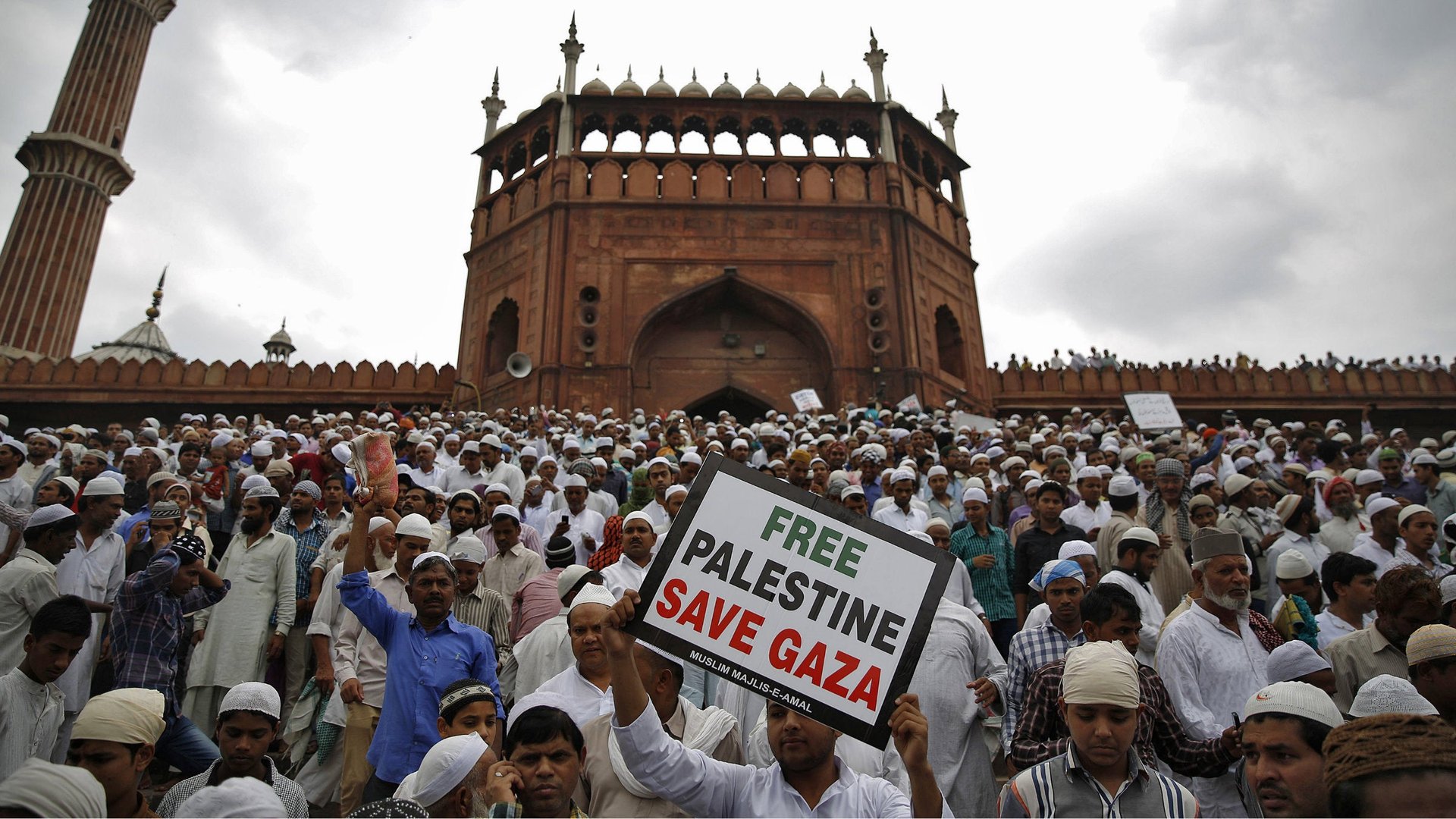Twitter hashtags are finally neutralizing the Israeli government’s propaganda
I told CNN during a recent television interview that there hasn’t been a single hot-button topic treated with more intellectually dishonest, one-sided coverage than that which the American media has given the Israel-Palestine conflict—and that includes the War on Terror, Al-Qaeda, Guantanamo Bay, NSA surveillance, and torture.


I told CNN during a recent television interview that there hasn’t been a single hot-button topic treated with more intellectually dishonest, one-sided coverage than that which the American media has given the Israel-Palestine conflict—and that includes the War on Terror, Al-Qaeda, Guantanamo Bay, NSA surveillance, and torture.
Simply look to major newspaper headlines around the country to see the true nature of American mainstream media coverage of the conflict. A July 20 front-page headline in the Washington Post read “2 Israeli Soldiers Killed in Gaza Clash” with a much smaller secondary sub-headline: “Death Toll Tops 330 as Hamas Militants Step Up Attacks.” The next day, the Baltimore Sun ran a frontpage sub-headline which read “13 Israeli Soldiers, 70 Others Killed.”
Notice the language: two Israeli soldiers are actively “killed” while the 330 Palestinians (the majority of whom were innocent civilians) are just part of a “death toll” tally. See that 13 Israeli soldiers are prioritized with first billing while the 70 Palestinian civilians are “others.”
But, thanks to social media, the tide of how this story is covered is slowly turning.
In this most recent Israel/Gaza crisis, Twitter, Facebook, and YouTube have played a far more prominent role in shaping global public opinion than they did in previous Middle East conflicts. During the 2009 Operation Cast Lead Israel invasion of Gaza, Twitter was only three years old and it was not the default news source for many in the millennial generation that it is today.
Realizing that mainstream media coverage fell short of reality, millions of Muslims and our allies around the world helped transform the meta-narrative on the Gaza conflict. Citizen journalists and just regular citizens with handheld videos and graphic photos of murdered Palestinian civilians (many of whom were women and children) tweeted and shared new media on Facebook, creating a maelstrom that quickly outpaced the coverage from CNN or the New York Times.
It wasn’t just people on the ground that vied for voice on these new platforms. The conflict in Gaza has quickly become a “war of the hashtags.” Whereas Israel’s side of the story had dominated global media coverage for nearly half a century, social media may finally be a great equalizer in terms of neutralizing the Israeli government’s propaganda.
For example, media outlets reported that the hashtag #GazaUnderAttack has so far been used over four million times, compared to only 200,000 instances of #IsraelUnderAttack. Other estimates show that there have been over 11 million tweets of pro-Palestinian hashtags like #SupportGaza and #PrayForGaza throughout the duration of the conflict thus far.
For the first time ever, it appears that Israel is losing the public relations war in their most-recent military escapade into Palestinian territories. The social media counter-narrative has been so overwhelming that the clearly threatened Israeli Prime Minister Benjamin Netanyahu had the audacity to claim that people in Gaza are using “telegenically dead Palestinians” in order to bolster international support for Palestinians on social media.
A recent New York magazine article said in response to Netanyahu’s grotesque statement: “If Benjamin Netanyahu is so bothered by how dead Palestinians look on television…Then he should stop killing so many of them.”
Because we are on the ground, and we are multitudes, and we have camera phones and social media. More terrifying to Israel than how Palestinians look on television should be how many of their supporters are plugged into social media. The truth is, revolutions will no longer be televised—they will be broadcast in real-time on Twitter, instead.